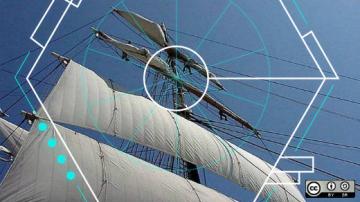
MaryJo Burchard (Concord Leader) helps leaders in business, public sector, education, and nonprofits to develop open behaviors and interactions to measurably raise the bar of humane, Open engagement in the workplace. MaryJo has a PhD in Organizational Leadership from Regent University and conducts training and internal organizational development consulting for executives and managers. Her use of humor and personal stories makes her a popular keynote speaker on change readiness, trust, inclusion, and authenticity in the workplace. MaryJo lives in Virginia Beach with her husband Kenny, their son Victor, and their chihuahua-pug, Stanley.




Authored Comments
Wow! Great work - your narrative really highlights how Open principles can help create true community while building meaningful systems, processes, and products that perpetuate connection. What resonates most is the integral part empathy plays in holding the process together.
Thanks, Michael. You bring up what may be the most mission-critical issues in the disruption discussion: confusion arising from an unconscious conflation of meanings between the shared words of tech-natives and people-natives. Clarity increases the more we each recognize that our lens (and meanings) are nuanced to our background. We need to get good at clarifying what we mean. This can help us nail down technical, relational, and structural/logistical elements of an issue. We all stand to emerge with a more holistic, multi-dimensional perspective when we look at the issue together.